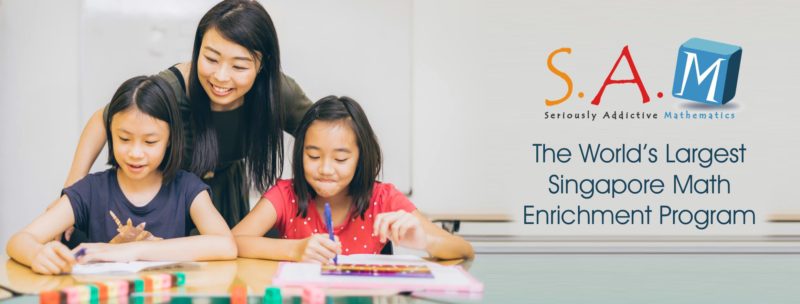As a result of a monumental change that took place in 1982 within the Singaporean education system, today Singapore students are ranked amongst the highest in the world in mathematics.
In the years preceding the 1980’s, Singapore students ranked at the lowest levels when compared to other countries around the world. In 1982, a revolutionary change took place. The Singapore government mandated the Ministry of Education (MOE) of Singapore to overhaul its entire education system with the ultimate goal of increasing students’ understanding in Maths, Sciences and Literature.
Prior to the 1980’s, the method by which mathematics was being taught emphasised procedural and computational mathematics. With the advent of calculators and computers, the MOE of Singapore understood that mathematics had to become more than just a student’s ability to solve equations using calculations and memorised procedures. They understood that future success in maths would hinge on the student’s ability to understand the maths itself.
The paradigm shift that took place in the early 1980’s was the realisation that problem solving, not computational and procedural learning, was to be the foundation for the future of Singapore mathematics. Armed with this new directive, the MOE set out to build a world-class education system based on applying different leading psychological, educational, and socio-economic studies of the day. These studies dealt with the best ways to teach information, the best ways to learn information, the best ways to retain information, and the best ways to understand information. These studies evidently continue to be relevant given that from 1991 Singapore students continue to rank at the very top in the world in math and sciences according to Trend in International Maths & Science Study (TIMMS) and Programme for International Student Assessment (PISA).


